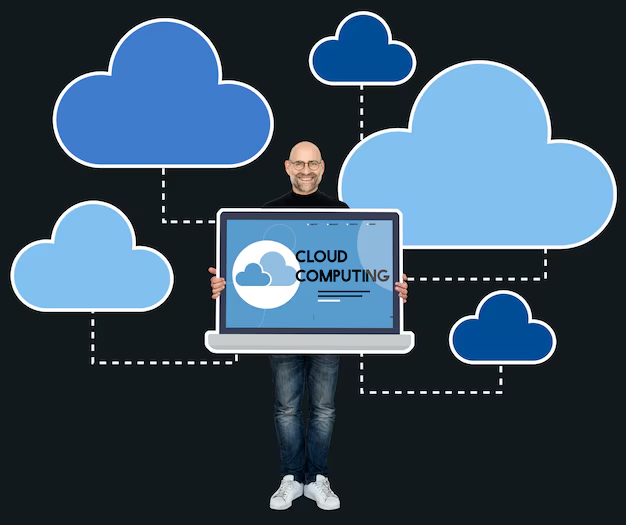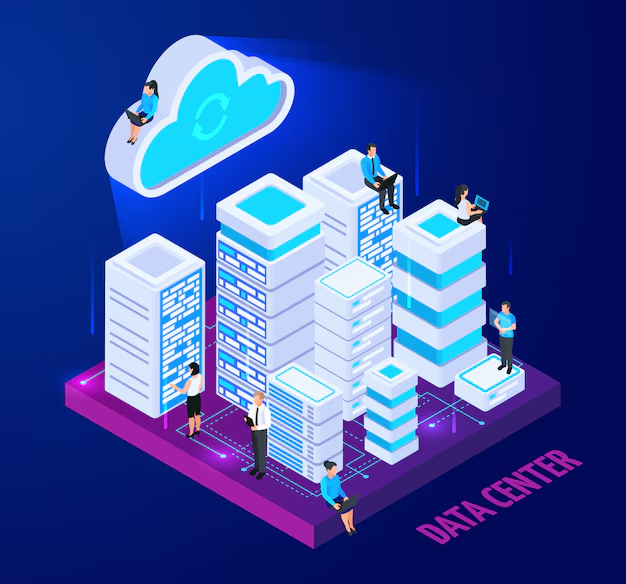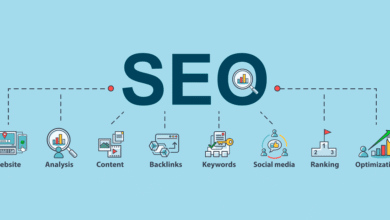Azure Solution Providers Empowering Digital Classrooms and Learning Portals

Introduction
The education sector is undergoing one of the most transformative phases in its history. The convergence of global digital transformation initiatives and the aftermath of the pandemic have accelerated the need for resilient, scalable, and inclusive learning platforms. In this context, Microsoft Azure has emerged as a preferred platform for modern education systems. But it’s not just about cloud infrastructure — it’s about how azure cloud solution provider are enabling academic institutions to build innovative, secure, and collaborative digital ecosystems.
From K–12 schools to universities and professional training centers, educational institutions are turning to Azure’s rich ecosystem of tools to create immersive, accessible, and intelligent learning experiences.
The Shift to Digital Classrooms
Digital classrooms are no longer just a supplement to traditional learning — they are becoming the standard. Today’s students expect a seamless, mobile-first, interactive environment that matches the digital experiences they enjoy outside of school. Azure supports this evolution through services that offer real-time collaboration, secure identity management, virtual environments, and advanced data analytics.
Azure-enabled digital classrooms can host video lectures, support collaboration on shared documents, manage assessments, and enable one-on-one student-teacher engagement — all on a unified platform. Azure’s global presence ensures consistent and low-latency access to learning tools regardless of geographical location, an essential factor for international educational programs and remote learners.
Building Future-Ready Learning Portals
Learning portals have become the digital hubs for student engagement, resource management, and academic progress tracking. Azure solution providers design and deploy intelligent portals using Azure App Services, Azure SQL, and AI-powered capabilities to personalize the learning experience.
A well-built portal can integrate third-party tools like Moodle, Canvas, or Blackboard, enable single sign-on (SSO) with Azure Active Directory, and offer AI-driven content recommendations to enhance student success. These portals also allow for scalability, ensuring that institutions can onboard thousands of students without sacrificing performance or security.
Moreover, these Azure-powered portals provide administrators with insights into student behavior, attendance, and performance. With real-time dashboards and predictive analytics, educational leaders can identify at-risk students early and provide timely intervention.
Enhanced Collaboration with Microsoft Teams and Azure Integration
Microsoft Teams has become a cornerstone in digital education environments. Azure solution providers help institutions go beyond basic deployment by integrating Teams deeply with Azure cloud services. This includes automated user provisioning, policy enforcement, secure document storage in SharePoint, and integration with OneNote for class notebooks.
With Azure, educational institutions can create dynamic digital learning environments where students can interact through video conferencing, share assignments, collaborate in real-time, and receive instant feedback — all while ensuring compliance with local data protection laws.
Scalable Infrastructure for Virtual Learning Environments
Virtual learning environments (VLEs) require scalable and resilient infrastructure to support peak usage during exams, live lectures, or enrollment periods. Azure provides elastic computing resources that can scale up or down based on demand.
Azure solution providers specialize in building cloud-native VLEs using Azure Virtual Machines, Azure Kubernetes Services (AKS), and serverless computing via Azure Functions. These setups allow educational institutions to deliver high-performance learning experiences while optimizing costs through intelligent workload management.
Furthermore, providers can automate the provisioning of virtual labs for technical courses using Azure Lab Services, enabling students to practice coding, simulations, and experiments without needing physical infrastructure.
Data Security and Identity Protection
Education data is highly sensitive — encompassing everything from personal student records to intellectual property. Ensuring this data is secure and accessible only to authorized users is non-negotiable. Azure’s built-in security features, such as Azure Security Center and Microsoft Defender for Cloud, allow solution providers to design secure digital learning environments from the ground up.
Azure Active Directory ensures robust identity and access management, supporting multi-factor authentication (MFA) and conditional access policies. Azure Information Protection adds another layer of control by classifying and encrypting sensitive files shared across the educational ecosystem.
Providers also implement role-based access controls (RBAC) to manage permissions for teachers, students, and administrative staff, reducing the risk of data breaches or unauthorized access.
AI and Analytics for Personalized Learning
One of the most powerful ways Azure is transforming education is through artificial intelligence and data analytics. Azure AI services allow solution providers to build personalized learning experiences that adapt to each student’s progress and behavior.
For example, Azure Machine Learning can be used to predict student outcomes, identify content engagement patterns, and suggest custom study paths. Azure Cognitive Services, such as text-to-speech and language understanding, enhance accessibility for students with disabilities or language barriers.
In addition, Power BI integration offers real-time analytics dashboards for educators and administrators to visualize performance metrics, enrollment trends, and resource utilization.
Supporting Global Access and Equity
Equity in education remains a global challenge, and Azure plays a crucial role in addressing it. With over 60 Azure regions globally, solution providers can ensure that students in underserved or remote areas access learning platforms with minimal latency.
Through solutions like Azure CDN and edge computing, providers enhance content delivery for bandwidth-constrained environments. Additionally, Azure’s support for multiple languages and localization enables inclusive education experiences for diverse student populations.
Moreover, Azure AI Translator and Speech Recognition services make real-time translation and captioning possible, breaking down language barriers in international or multilingual classrooms.
Cost Optimization and Sustainability
While digital transformation offers immense value, budget constraints are a reality for most educational institutions. Azure’s pay-as-you-go pricing and flexible subscription models help institutions manage costs without compromising on functionality.
Azure solution providers guide schools in implementing cost-control strategies such as rightsizing virtual machines, scheduling non-critical workloads during off-hours, and leveraging Azure Reserved Instances. They also help utilize tools like Azure Cost Management to monitor spending and forecast usage.
From a sustainability standpoint, Microsoft’s commitment to being carbon-negative by 2030 means that educational institutions using Azure are contributing to global climate goals. Providers help institutions report on and optimize their cloud carbon footprint using Azure Sustainability Calculator.
Real-World Use Case: Empowering a Public University
A public university in the Northeast partnered with an Azure cloud solution provider to digitize its entire learning environment post-pandemic. The provider developed an Azure-based learning portal integrated with Teams, Office 365, and the institution’s ERP system. Within three months, the university had:
- Migrated 1500+ courses to the cloud
- Enabled live collaboration for 30,000 students and 2,000 faculty members
- Achieved 99.99% uptime across peak usage periods
- Reduced IT overhead by 40%
More importantly, student engagement rose by 20%, and faculty reported increased productivity and easier course management.
Conclusion
The role of education is evolving rapidly, and cloud technology is the enabler of this change. Azure cloud solution providers are not merely vendors — they are strategic partners in building a future-ready educational ecosystem. From creating intelligent learning portals and scalable virtual classrooms to ensuring data security and enabling personalized education through AI, these providers are helping institutions across the globe reimagine what’s possible in education.
As schools and universities continue their journey toward digital maturity, choosing the right Azure partner will determine not only the success of their technology initiatives but also the quality and accessibility of education delivered to future generations.





